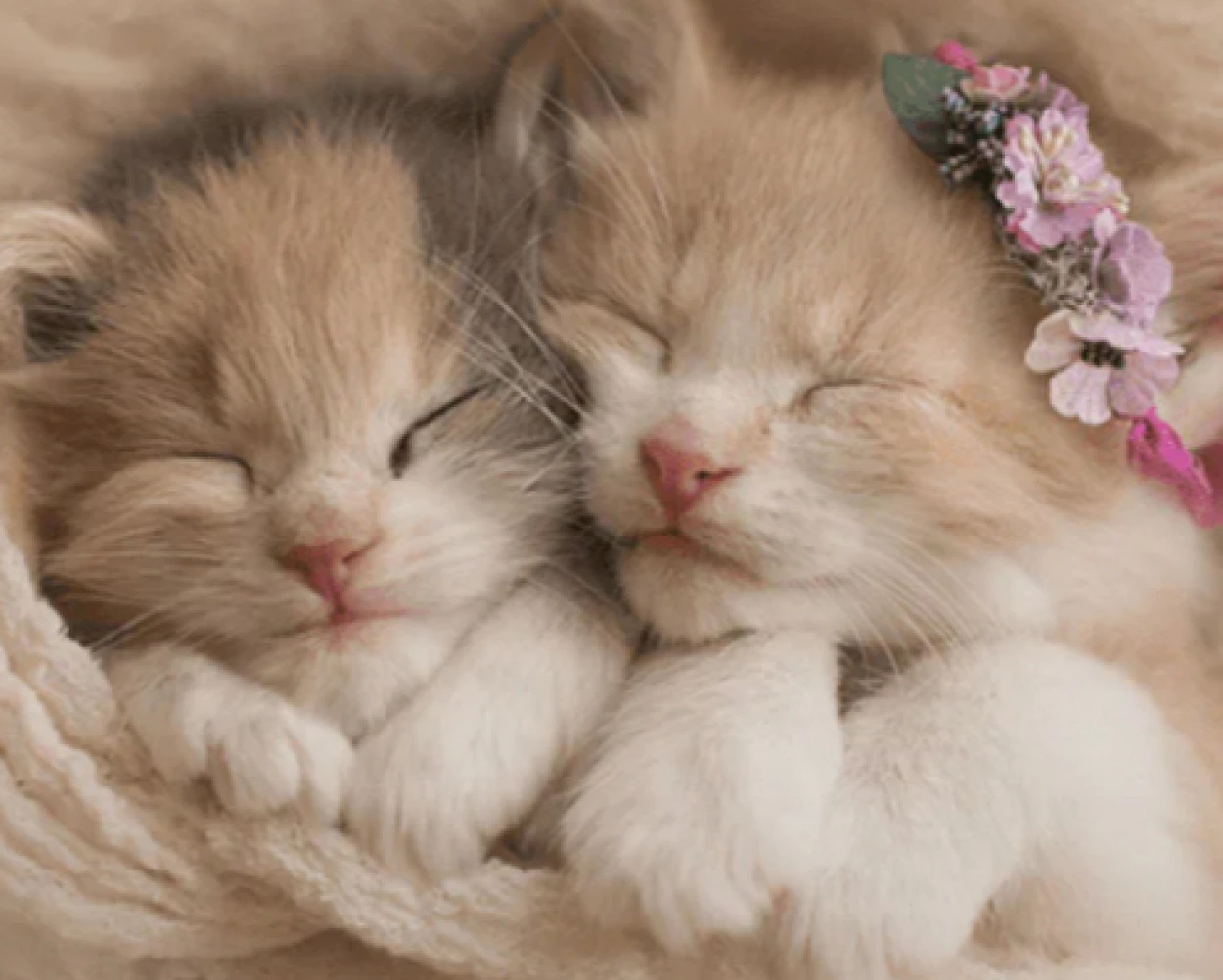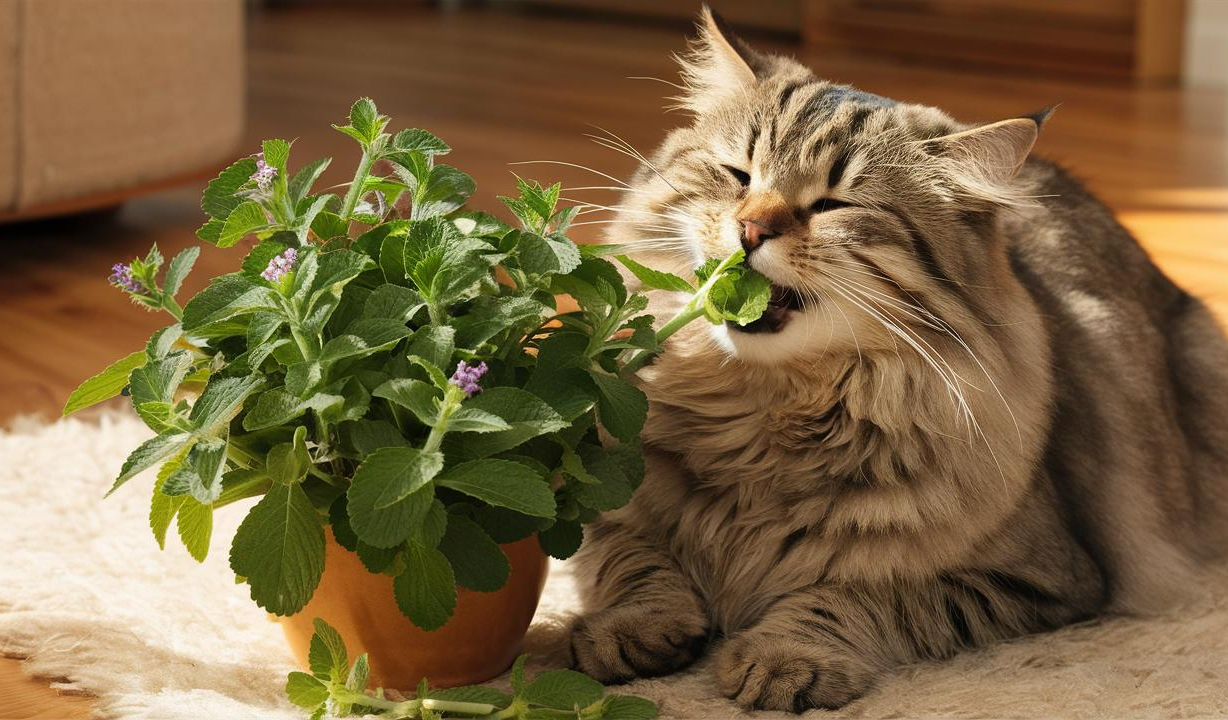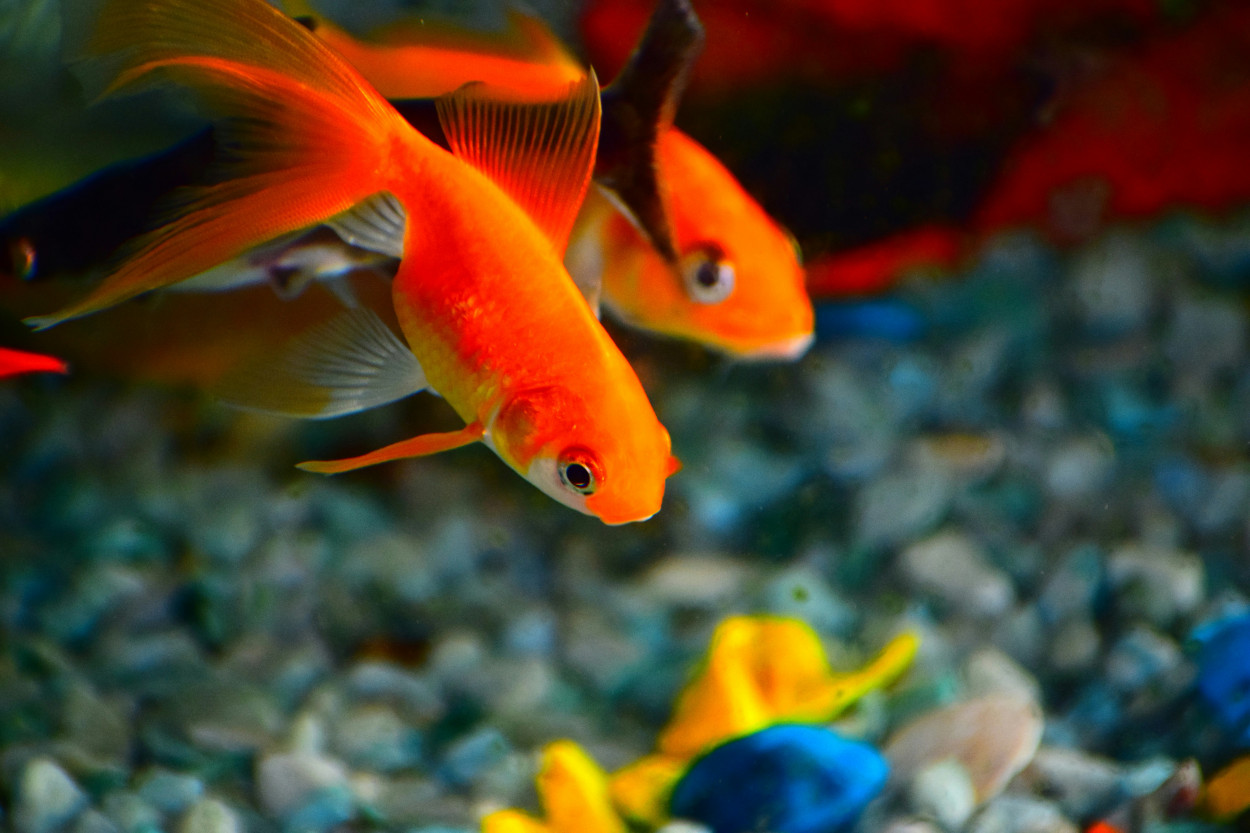Canine behavior that involves jumping up on people is natural. Dogs can greet people face-to-face when they jump, and it's guaranteed that they get noticed. Jumping to greet can be dangerous and annoying for humans. Worn clothes, especially those with muddy paws, can become ruined and people can be knocked down, especially children and seniors. It is politer and safer to teach your dog how to properly greet people.
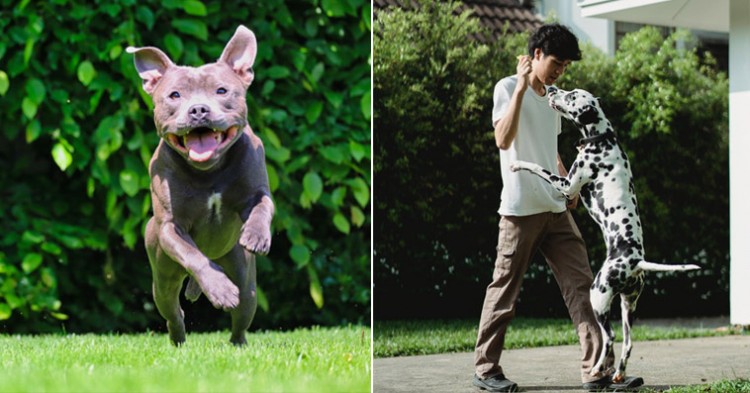
Why Dogs Greet by Jumping
Dogs will repeat the behavior that they are rewarded for. The behavior can also be reinforced by family members, visitors, or strangers. Negative reactions, such as yelling at your dog and grabbing their paws, can still reinforce the behavior. Pushing your dog away is part of the game for many dogs.
You must eliminate all rewards that encourage jumping in your dog's greetings. This means that you will have to manage your dog's jumping behavior and teach your dog a more appropriate greeting.
Management
You must manage the situation to make sure your dog does not jump. You can use management techniques until your dog is well-trained not to jump.
Let's say your dog jumps on people. Before your guest arrives, consider the following:
1. Place your dog in a crate.
2. Keep them locked up in another room.
3. You can restrain your dog by putting them on a leash. Then ask them to sit when the guest comes in. Reward good behavior with treats. This will stop them from jumping when they learn proper behavior.
How to teach your dog to not jump
/stop_dog_from_jumping_1117873_1743-fdc54dadca3d4ebea35f5efbe5b04b4f.jpg)
Credit: thesprucepets
1. When they get excited, dogs will jump on us. This is a behavior they used to do when they were younger to be closer to us.
2. Do not be excited to meet your dog or puppy if it is very exciting to see your face - whether that's first thing in the AM, or after you've been out. Wait until your dog is calm and all four feet are on the ground. Do not make eye contact with your dog, and do not even try to speak to them. Put your kettle on, walk past it, and then look out the window. Your dog will calm down for as long as you allow.
3. If your dog starts to jump around when you take its lead-out, it is best to put the lead back. Repeat this process several times until your dog learns that overexcited dogs will not be able to walk. Keep the dog calm and only put the lead on. If they become too excited, they should go back to the beginning or to where they were successful previously.
4. Your dog may get excited at meal times and start jumping all over the place. You can stop the dog from jumping if you take the bowl out. You can expect them to jump again after each step. If this happens, go back to the beginning, then sit down briefly, and then start all over again.
5. Many people see a cute dog or puppy and want to be close. For dogs with more sensitive skin, this can be frightening, but it can also be exciting for dogs who are more excited. With excitement comes the urge to jump up. You can intervene if you are confronted by someone like this.
6. Teach incompatible behavior - i.e. Things that your dog cannot do, such as teaching them to sit.
7. It is easier to teach your dog the behavior you want and prevent him from jumping up.
You should also control who approaches your dog
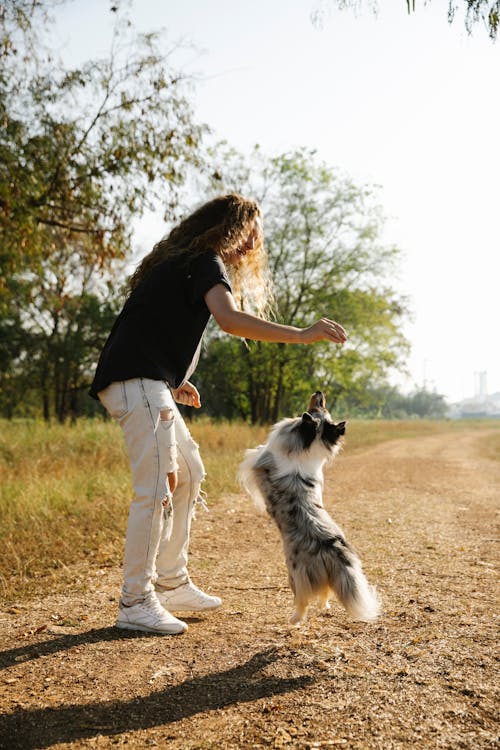
Credit: pexels
Only allow people to approach you if they are trustworthy and will not disturb your dog. You can ask them to stop approaching your dog or walk away if they are getting too excited. Only greet your dog when it is calm and happy - you say so. If you see someone approaching your dog, ask them to sit.
If you can't control an approaching person or your dog is not sitting, turn around and walk away. You may also throw a few treats at your dog's feet. Don't forget to remove any threats from your dog's daily food. You can also grade the treats according to your dog's learning stage and/or the environment.
Do not allow anyone to give your dog treats or play with your dog's toys. Your dog may find the prospect of another person approaching exciting, as he or she expects food or play.
There are many ways to train your dog. This is only one way to teach your dog. For any doubts, seek professional guidance.





